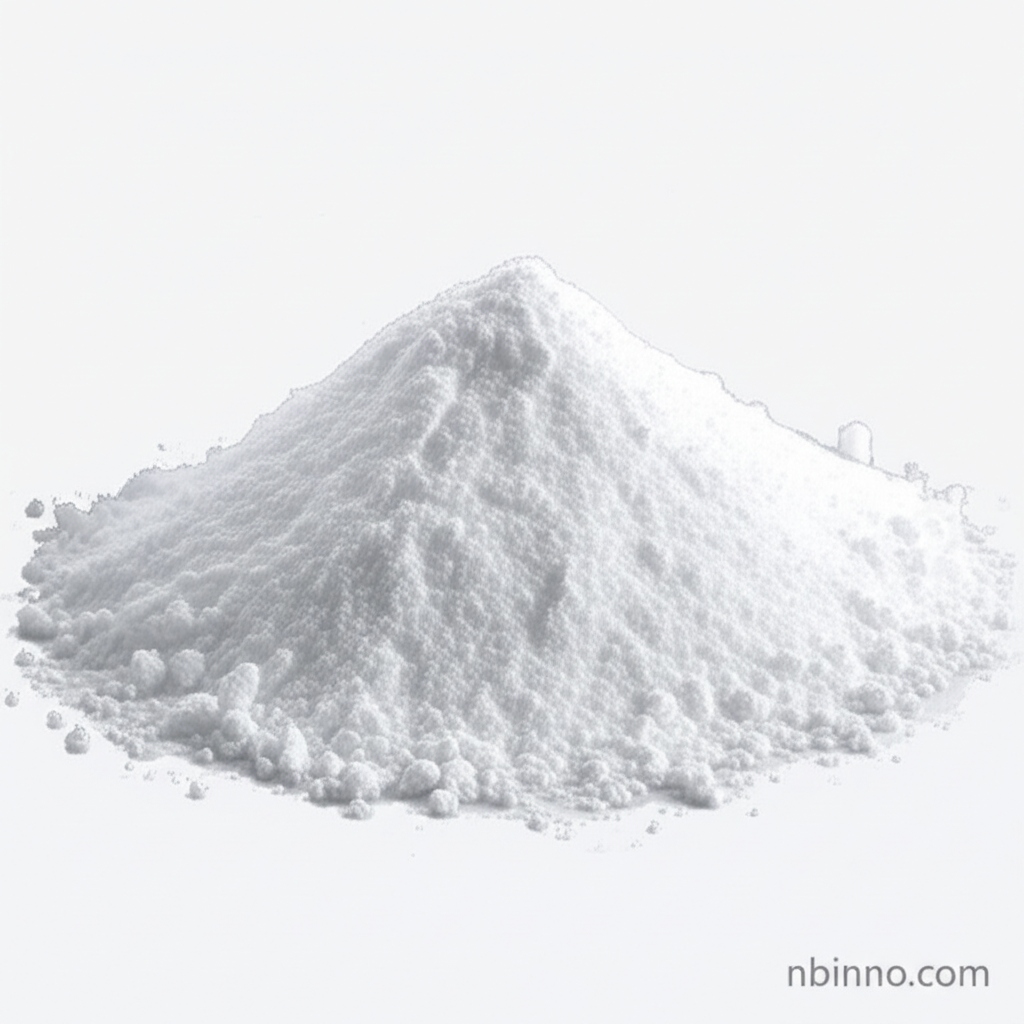1,3-Dihydroxyacetone (CAS 96-26-4): Synthesis, Applications, and Key Properties
Discover the versatility of 1,3-Dihydroxyacetone, a crucial fine chemical intermediate with significant applications in cosmetics and beyond. Learn about its synthesis, properties, and benefits.
Get a Quote & SampleProduct Core Value

1,3-Dihydroxyacetone
As a leading supplier in China, we offer high-purity 1,3-Dihydroxyacetone (CAS 96-26-4), a vital chemical intermediate. It is primarily known for its role in sunless tanning products, where it reacts with skin amino acids through the Maillard reaction to produce a temporary tan. We ensure reliable supply as a trusted manufacturer in China for your cosmetic and chemical synthesis needs.
- Explore the latest advancements in 1,3-dihydroxyacetone synthesis methods for efficient production.
- Understand the science behind 1,3-dihydroxyacetone skin pigmentation and its cosmetic applications.
- Discover why 1,3-dihydroxyacetone is a preferred chemical intermediate in various industrial processes.
- Learn about the properties and safe handling of CAS 96-26-4 in your operations.
Advantages Offered
Cosmetic Efficacy
Leverage 1,3-dihydroxyacetone for its proven ability to create natural-looking tans through safe chemical reactions, enhancing cosmetic product appeal.
Chemical Versatility
Utilize this key chemical intermediate in diverse synthesis pathways, making it invaluable for developing new materials and compounds.
Reliable Supply
Benefit from our consistent and high-quality supply of 1,3-dihydroxyacetone, ensuring your production lines remain uninterrupted.
Key Applications
Cosmetic Formulations
A primary active ingredient in sunless tanning lotions and sprays, providing a safe alternative to UV tanning and achieving desirable skin pigmentation.
Pharmaceutical Intermediates
Serves as a building block in the synthesis of various pharmaceutical compounds, contributing to the development of new drugs and therapies.
Chemical Synthesis
Its reactive nature makes it useful in a range of organic synthesis reactions, acting as a versatile reagent for fine chemical production.
Research and Development
Employed in laboratory settings for exploring new chemical reactions and developing novel applications in material science and biochemistry.
